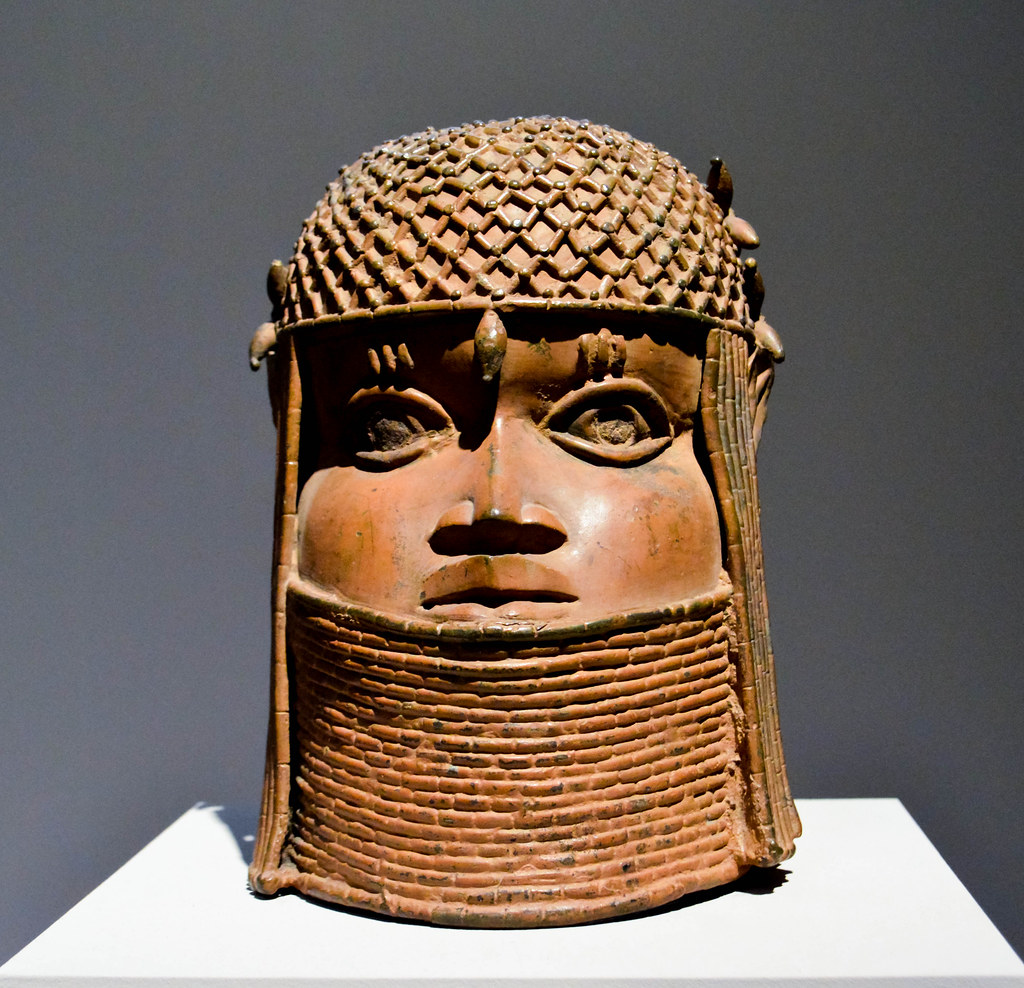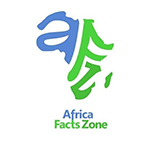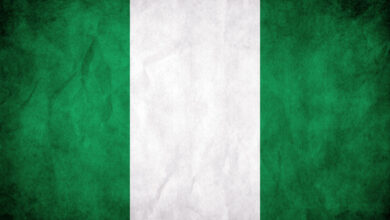The Benin Empire – Africa Facts Zone

The Kingdom of Benin, commonly known as the Benin Empire or Edo Empire (1440–1897), was a sizable pre–colonial African nation that is now part of Nigeria.
Even though the Oba, or monarch, only serves a symbolic function right now, he still exists. Eweka I, the first Oba, passed away in 1246.
Up until it was captured by the British Empire in 1897, the Benin Empire was one of the oldest and most advanced empires in the coastal region of West Africa.
The Empire as a political entity was abolished in the late nineteenth century by the European imperial power of Great Britain.
The colonialists torched the Oba’s capital because of his opposition to them. However, they permitted the 36th Oba to return to Nigeria following the death of the exiled 35th Oba, who had obstinately opposed them.
The Oba of Benin is now acknowledged as a member of the House of Chiefs with other traditional leaders in the post-colonial nation-state of Nigeria. He is in charge of the about 5,000,000-person Edo community.
The Oba is a representative of a rich cultural and historical past in his own society that is still well-known for its bronze, ivory, and iron objects.
Sadly, many priceless pieces of art were destroyed when the British set fire to Benin City, the capital of the Empire, in 1897.
The colonialists were so certain in their moral right to control others that they frequently missed or did not think twice to remove proof showing individuals they believed to be “primitive” possessed a wide range of abilities and technology.
Origin and History of the Benin Empire
One popular story claims that the Ogisos once governed the Bini (or Edo people), the original inhabitants and builders of the Benin Empire (Kings of the Sky).
In the year 1180 CE, Ibinu, later known as Benin City, was established. The number of Ogiso who ruled the empire is estimated to be about 36.
When the previous Ogiso passed away, one of the Queens changed the message from the oracle to the Ogiso, which resulted in the expulsion of the Ogiso’s son and heir apparent Ekaladerhan from Benin.
Ekaladerhan was a renowned prince and a formidable fighter. After leaving Benin, he traveled to the Yoruba homeland in the west of modern-day Nigeria.
When the Yoruba oracle predicted that their King would emerge from the jungle at that time, Ekaladerhan was welcomed as a king when he came to Ife.
In order to become The Great Oduduwa of The Yoruba Land, he changed his name to Imadoduwa, which means “I did not misplace my monarchy.”
After the passing of his father, the last Ogiso, a delegation of Benin chiefs under the leadership of Chief Oliha came to Ife and begged him to return to Benin and take the kingdom.
A King cannot leave his Kingdom, Oduduwa responded, but he had seven sons and would ask one of them to return to Benin to take the throne as the new King.
The son of Ekaladerhan aka Oduduwa, Oranmiyan, consented to travel to Benin. After living in Benin for a while, he returned to Ife when his wife gave birth to a boy named Eweka.
The first Oba of Benin was Eweka I. Oba Ewuare (Ewuare the Great), who assumed authority in 1440, and expanded the city-state into an empire. He gave the nascent state the name Edo in about 1470.

Also Read: Mali Empire – The Rise and Downfall of the Malian Empire
The Golden Era and Rise of the Benin Empire
The Oba had grown to be the dominant force in the area. The first Golden Age Oba, Oba Ewuare (reigned 1440–1473), is recognized for fortifying Benin City as a military stronghold with walls and moats.
He started the expansion of the kingdom out of the heartland of the Edo-speaking people from this citadel. The Edo Empire’s central government oversaw the nations of Idah, Owo, and Akure.
The Edos assert that the empire formerly stretched from Onitsha in the east, through the wooded southwest of Nigeria, and into the modern-day country of Ghana.
The ancient Kingdom of Benin is where the Ga people of Ghana‘s lineage may be found.
The state produced a highly developed artistic culture, which is particularly evident in its famed bronze, iron, and ivory objects.
These include life-size bronze statues of the Benin obas and bronze plaques for walls. The FESTAC mask, which is modeled on Queen Idia, is the most prevalent artifact.
The majority of the artwork was made or commissioned by the palace, frequently for ceremonial usage. The Oba was often portrayed in various clothes in art.
The guild of artisans resided in a defined area of the city and was supported by the king. Europeans first believed that this art had a non-African origin since they did not believe that Africans were capable of producing such exquisite work.
Also Read: The Ga People of Ghana: The Ga Religion and Tribes
Government
The Oba, a regent, governed the empire. Even though his powers are mostly ceremonial and religious, the Oba of Benin is still the most renowned traditional monarch in Nigeria today.
Edo, presently known as Benin City and located in what is now southern Nigeria, served as the capital of the Benin Empire.
People
The Bini people, who ruled the region, gave rise to the Benin Empire. The name “ibinu” refers to “anger” among groups in western Nigeria, reflecting the aggressive attitude of the Binis, while “birnin” refers to “gated” or “walled region” in groups in northern and north-central Nigeria.
It is more appropriate to refer to the city and its inhabitants as Edo. These people may currently be found primarily in and around Benin City.
Portuguese explorers are to blame for the Benin Empire’s name. Even the name of the nation’s capital, Edo, was given by the Bini people.
Also Read: Yoruba Ifa Religion and the Sacred Ifa Oracle
European interaction
Portuguese explorers arrived in Benin for the first time in approximately 1485. With the Portuguese selling tropical goods and increasingly slaves for European goods and weapons, a close economic connection was established.
Early in the sixteenth century, the King of Portugal dispatched Christian missionaries to Benin, while the Oba despatched an envoy to Lisbon.
In the late nineteenth century, some people in Benin could still speak pidgin Portuguese. In 1553, an English expedition made their first trip to Benin.
Visitors visiting the region in the sixteenth and seventeenth century brought back stories of “the Great Benin,” a magnificent metropolis with opulent structures that was governed by a strong ruler.
As a result of the export of pepper, palm oil, and ivory, a sizable commerce rapidly developed between England and Benin. 20 percent of trade was in ivory, 30 percent in slaves, and 50 percent in other goods.
Also Read: History of the Asante Kingdom in Ghana
Fall of the Benin Empire
After 1700, Benin’s city and empire went into decline, but the nineteenth century saw a comeback thanks to the growth of the trade in palm oil, slaves, and textiles.
Due to the slave trade with Europe, which involved selling captives from interior enemy kingdoms and having them transported to the Americas by Dutch and Portuguese ships, Benin got richer during the course of the sixteenth and seventeenth centuries.
The coast of the Bight of Benin quickly earned the moniker “Slave Coast.” Through the most of the 1880s and 1890s, Benin avoided negotiating a protectorate arrangement with Great Britain.
However, a “Punitive Expedition” was launched in 1897 in response to the murder of eight British diplomats in Benin territory.
A British force, under the direction of Admiral Sir Harry Rawson, captured and burned the city, destroying much of the nation’s priceless art and scattering nearly all that was left.
The portrait figures, busts, and groups manufactured in Benin—commonly referred to as “Benin Bronzes”—in brass, carved ivory, and iron are now on exhibit in museums all over the world.
A total of 3000 items were taken away and kept in secret storage for many years in order to spread the lie that such artwork could not have been created in Africa.
Legacy
The Oba was taken prisoner and ultimately given permission to remain in exile until his demise in 1914. However, in colonial Nigeria, the position of Oba was still respected.
A new palace was constructed by Eweka II (1914–1933) to replace the one that the British destroyed when they set fire to the city.
Elizabeth II of the United Kingdom was welcomed by Akenzua II (1933–1978) during her state visit to Nigeria in 1956.
He was appointed Chancellor of Ahmadu Bello University in Nigeria in 1966. The Traditional Council provides guidance to the Oba.
The Oba and the Nigerian government, who have both paid for part of the pieces back, have both asked for the return of what they both refer to as “stolen” artwork to Nigeria.
The Oba of Benin Kingdom
The Benin rulers, known as oba, were seen as having a divine right to reign. In addition to having complete control over all commerce with foreign nations.
The monarch also personally held the great majority of valuable items like ivory, pepper, coral, and leopard skins.
Benin art honors several emperors. Ivory masks depicting monarchs with crowns and necklaces made of human heads were meant to be worn at the hips of rulers and symbolized the oba’s control over commerce or his dominion over strangers.
Kings frequently figure as military leaders on the brass plaques that ornamented the palace of Benin.
They may be recognized by the emblems of their status, such as necklaces with leopard teeth and scarification markings with leopard spots.
The leopard was a suitable representation of the oba since it was regarded as the “King of the Jungle” and only the king was allowed to kill one, usually as part of a yearly sacrifice for his personal honor.
The white mask decorations worn around their waists, which are emblematic of purity and the king’s counterpart in authority, Olokun, the deity of the sea and a source of prosperity and fertility, are other regal emblems featured in representations of Benin rulers.
Their helmets include coral adornments. After they passed away, the kings received offerings and sacrifices, including those made by people, much like the gods and the spirits of ancestors.
Benin Empire Flag

The Benin Empire’s flag is a red banner with two white figures, one holding a sword and the other a decapitated head, on it.
Factors that led to the Rise and Fall of the Benin Empire
Benin Kingdom Facts
1. The Holy Aruosa, the oldest church in West Africa, was founded in the Great Benin Empire in the 16th century by the earliest Portuguese missionaries (Benin National Church).
In 1692 AD, Pope Pius XII traveled to Benin and presented the church to the local oba, Oba Oreoghene.
The church, Holy Aruosa, which translates to “Eye of God,” is a place of worship for the Binis where it is believed that individuals can communicate with God directly and without the need for a middleman.
2. Oba Orhogbua established the Obaship of Lagos, a dukedom, and built Lagos. The westward expansion of the Empire under his rule was notable.
He constructed the cities of Eko and Badagry, instituted monarchical government there, and installed his own delegates as its rulers. He established Lagos’ first oba.
3. Oba Ehengbuda was the final Oba of Benin to physically command the Benin soldiers in combat. The extent of the Benin kingdom rapidly decreased after his death in 1601.
During his rule, the two empires’ border was established at Otun Ekiti following several conflicts between them.
4. Bronze sculptures made by the Benin people are the greatest in the world. This is said to be one of the main distinguishing features of the former Kingdom of Benin.
Oba Oguola founded the profession of casting in the fourteenth century, and it is still only used today by the Igun clan of casters with the Oba’s formal sanction. Ten fascinating details about the legendary Benin kingdom Source:
More Facts
5. Despite Ogiso Emose (584–600 AD), who at his coronation adopted his mother’s name “Emose” and therefore had the reputation of being recognized as a woman, there has never been a female monarch of Benin.
Blacksmith and philosopher Ogiso and Ogiso Orroro (600–618 AD) reigned for 18 years and passed away at the age of 98 while holding an iron in his hand.
7. The King of Benin is capable of preparing up to 20,000 troops for battle in a single day. This occurs as a result of his strong influence over everyone in the area. His influence encompasses several towns, cities, and villages.
List of Obas of the Benin Empire (1180-Present)
Pre-Imperial Obas of Benin (1180-1440)
- Eweka I (1180 – 1246)
- Uwuakhuahen (1246 – 1250)
- Henmihen (1250 – 1260)
- Ewedo (1260 – 1274)
- Oguola (1274 – 1287)
- Edoni (1287 – 1292)
- Udagbedo (1292 – 1329)
- Ohen (1329 – 1366)
- Egbeka (1366 – 1397)
- Orobiru (1397 – 1434)
- Uwaifiokun (1434 – 1440)
Also Read: Shaka Zulu’ South Africa’s Greatest Army General
Obas of the Benin Empire (1440-1897)
- Ewuare the Great (1440 – 1473)
- Ezoti (1473 – 1475)
- Olua (1475 – 1480)
- Ozolua (1480 – 1504)
- Esigie (1504 – 1547)
- Orhogbua (1547 – 1580)
- Ehengbuda (1580 – 1602)
- Ohuan (1602 – 1656)
- Ohenzae (1656 – 1661)
- Akenzae (1661 – 1669)
- Akengboi (1669 – 1675)
- Akenkbaye (1675 – 1684)
- Akengbedo (1684 – 1689)
- Ore-Oghene (1689 – 1701)
- Ewuakpe (1701 – 1712)
- Ozuere (1712 – 1713)
- Akenzua I (1713 – 1740)
- Eresoyen (1740 – 1750)
- Akengbuda (1750 – 1804)
- Obanosa (1804 – 1816)
- Ogbebo (1816)
- Osemwende (1816 – 1848)
- Adolo (1848 – 1888)
- Ovonramwen Nogbaisi (1888 – 1914) (exiled to Calabar by the British in 1897)
Post-Imperial Obas of Benin (1914-Present)
- Eweka II (1914 – 1933)
- Akenzua II (1933 – 1978)
- Erediauwa I (1979 – 2016)
- Ewuare II (2016 – present)





